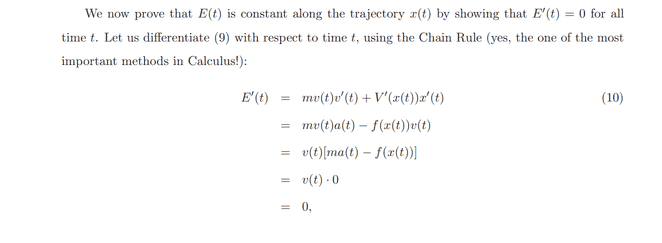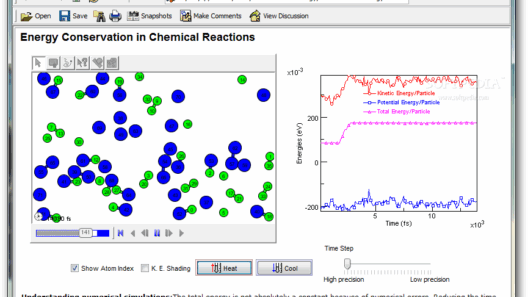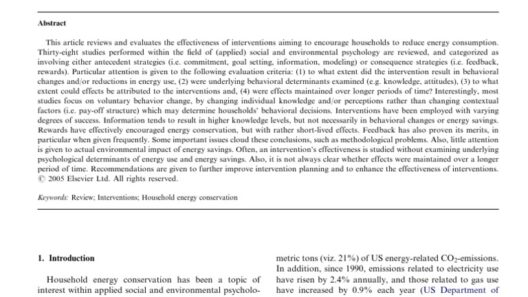The phenomenon of free fall is a captivating illustration of the laws governing motion and energy. When an object falls under the influence of gravity alone, it embarks on an intricate dance with the fundamental forces of physics. Central to this discussion is the principle of conservation of mechanical energy, which posits that in an isolated system with no external forces, the total mechanical energy remains constant. This principle serves as a cornerstone in understanding the behavior of objects in free fall.
To dissect the scenario of free fall, we must first elucidate the components of mechanical energy: kinetic energy and potential energy. Kinetic energy, the energy of motion, is proportional to the square of the velocity of an object. The faster an object moves, the more kinetic energy it possesses. Conversely, potential energy is the stored energy contingent upon an object’s position in a gravitational field. Higher altitudes confer greater potential energy, as it is derived from the gravitational force acting on the object’s mass.
Imagine a lively circus performer, effortlessly swinging high above the ground. As this performer reaches the pinnacle of the swing, they possess maximum potential energy. This moment is akin to a coiled spring, filled with anticipation, brimming with energy just waiting to be released. As they descend, the potential energy inexorably transforms into kinetic energy, as the gravitational force tugs them toward the earth with unwavering certainty.
In the absence of air resistance, we encounter a quintessential case of energy conservation. As the object begins its descent from an initial height, its potential energy is converted into kinetic energy. At the very top, the potential energy is at its zenith; as the performer plummets, this energy diminishes, while the kinetic energy correspondingly escalates. The total mechanical energy—a harmonious blend of kinetic and potential energy—remains unchanged throughout the journey.
Mathematically, we articulate this concept with the equation of mechanical energy conservation:
Total Mechanical Energy = Kinetic Energy + Potential Energy
In a scenario devoid of friction and air resistance, the transformation between potential and kinetic energies is seamless. As our circus performer continues their descent, their velocity increases, converting maximum potential energy at the height to maximum kinetic energy just before landing.
However, when we introduce the real-world element of air resistance, the elegant conservation of mechanical energy begins to fray at the edges. This atmospheric friction dissipates some of the energy as thermal energy, altering the equilibrium of potential and kinetic energies. The maximum height reached and the maximum speed attained before impact becomes less than predicted by the simplistic conservation model. Thus, while the principle remains valid in an ideal environment, the nuances of reality introduce complexities that must be accounted for.
One of the most compelling demonstrations of free fall and energy conservation can be observed through an iconic experiment: Galileo’s inclined plane. By releasing balls of different masses from the same height, he discovered that they all hit the ground simultaneously. This startling revelation transcended the notion that weight played a crucial role in free fall. Instead, it illuminated the mesmerizing interplay between gravitational force and inertia, revealing that all objects fall with the same acceleration regardless of mass.
In essence, Galileo’s experiment elucidates not just the beauty of physics but also the profound connection between potential and kinetic energy. As the balls roll down the incline, potential energy diminishes while kinetic energy surges—demonstrating the recondite balance of forces at play.
Free fall physics also yields insights into the concept of terminal velocity. As an object accelerates due to gravity, it confronts increasing air resistance. Eventually, a point is reached where the force of gravity is counterbalanced by the force of air resistance. At this juncture, the object ceases to accelerate, and the velocity stabilizes at its terminal value. This fascinating dynamic highlights the interaction of forces in what may seemingly be a straightforward exercise in free fall.
Beyond the immediate implications for objects in free fall, the principles of energy conservation and transformation resonate throughout various fields, including engineering, environmental science, and even aerospace. Understanding how energy shifts between forms provides critical insights informing sustainable technologies and resource conservation strategies. By enhancing our awareness of energy dynamics, we cultivate a more conscientious approach to our planet’s finite resources.
In conclusion, free fall physics is a rich tapestry woven from intricate threads of kinetic and potential energy, governed by the alluring principle of energy conservation. It invites us to contemplate not just the laws of motion but also the underlying patterns that govern the natural world. While idealized conditions present a scintillating framework through which to view these phenomena, the complexities of real-world interactions ground our understanding, making it both comprehensible and relatable. Whether observing a performer in a breathtaking aerial display or contemplating the trajectory of a falling object, we find ourselves participants in this grand narrative of energy conservation—a story that resonates through every facet of life, urging awareness and stewardship of the energy that surrounds us.








